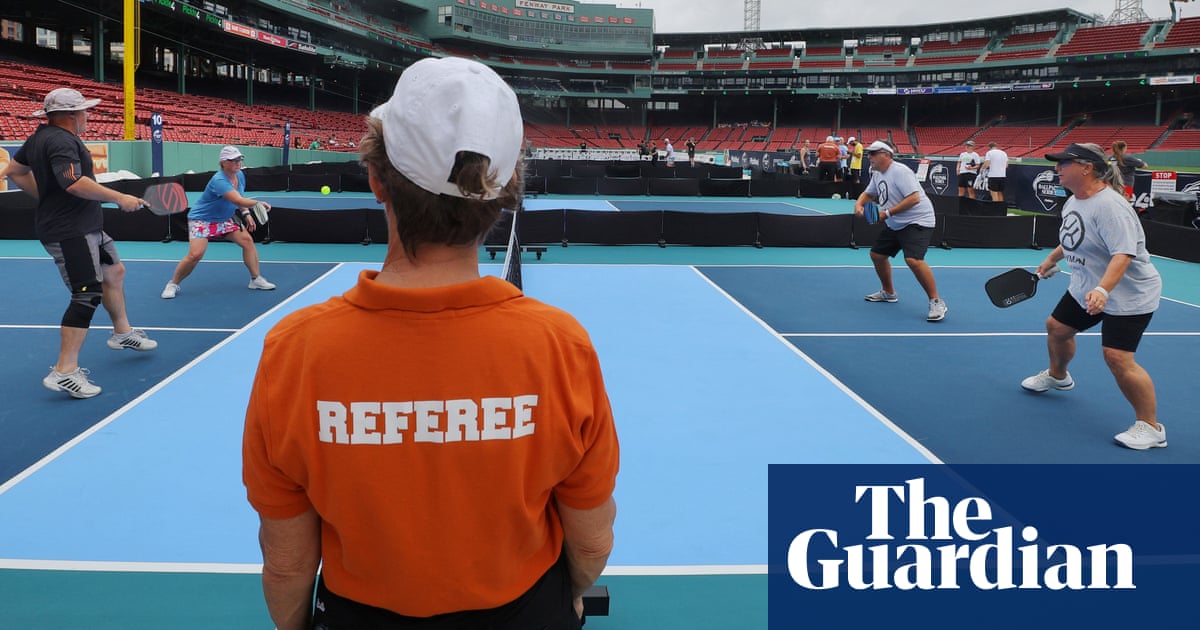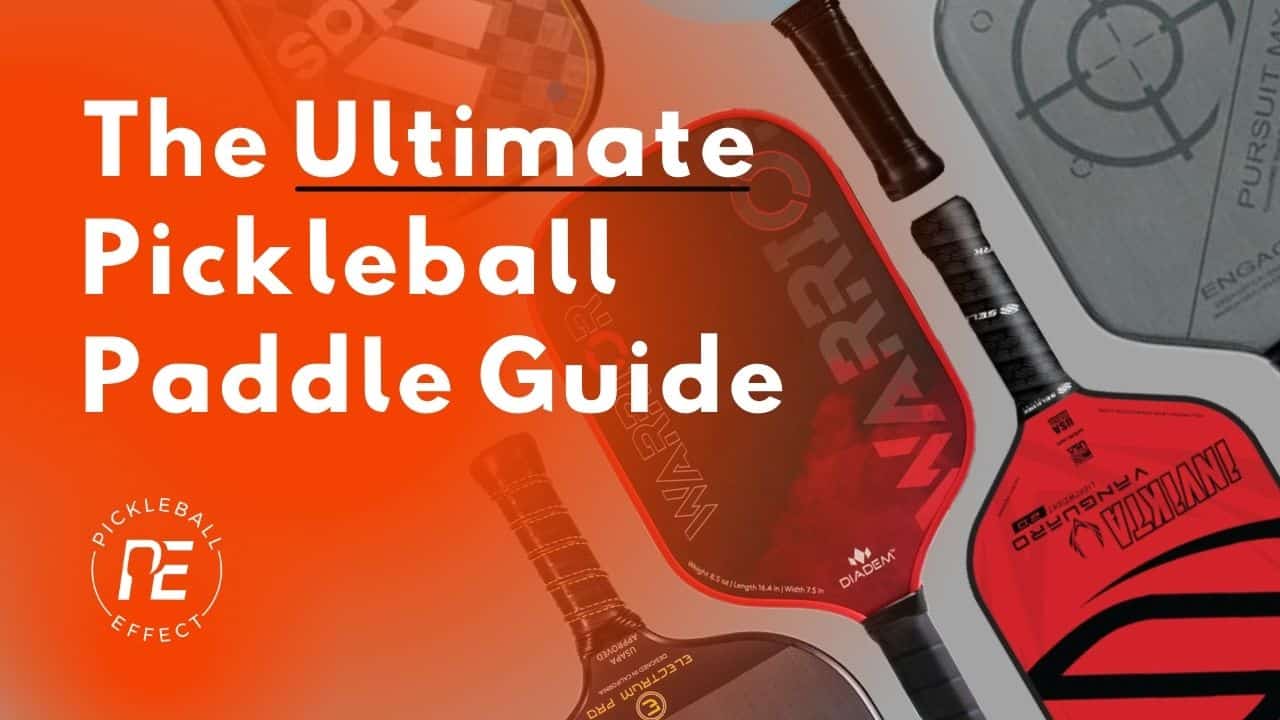- PICKLEBACKCLUB
- Posts
- Dink or Sink 🏊🏓
Dink or Sink 🏊🏓
Navigating the net with finesse
PICKLEBACKCLUB
Serving up weekly tips, trainings, and news, straight from the court to your inbox.
Which platform do you primarily use to read about pickleball?We want to make sure we grow with our community in the most relevant way :) |
5 ways to improve dinking
Dinking is a fundamental skill in pickleball that involves hitting soft, controlled shots close to the net. It requires finesse, touch, and precision. Here are some tips to help you improve your dinking skills:
Grip and Paddle Angle: Hold the paddle with a relaxed grip, using the continental grip or an Eastern backhand grip. Keep the paddle face open by angling it slightly upward, which helps generate a softer shot.
Soft Touch and Control: Dinking requires a delicate touch. Focus on having a soft grip and gentle contact with the ball. Aim to place the ball precisely where you want it, using finesse rather than power. Practice controlling the speed and depth of your shots to keep them low and close to the net.
Keep the Ball Low: The goal of dinking is to keep the ball low over the net, making it challenging for your opponents to attack. Aim for a shallow trajectory by striking the ball just above the net with a slight upward motion. This helps keep your shots low and gives your opponents less time to react.
Watch the Ball and Your Opponent: Pay close attention to the ball as it comes toward you. Focus on its speed, spin, and trajectory. At the same time, observe your opponent's positioning and paddle angle to anticipate their shots and adjust your dinks accordingly.
Body Positioning: Position yourself close to the net with your knees slightly bent, ready to move quickly and adjust to the ball. Stay balanced and maintain a stable stance while executing your dinks. Avoid lunging or reaching excessively, as it compromises your control.
Which paddle type is best for you?
Choosing the right paddle is an important decision that can significantly impact your game. Here are some factors to consider when determining which paddle is best for you:
Paddle weight is a personal preference, and it can affect your swing speed, power, and maneuverability. Lighter paddles typically offer more control and maneuverability, while heavier paddles provide more power. Try different weights and see what feels comfortable for your playing style.
Grip size of the paddle should allow you to comfortably hold and control it during play. Grip sizes range from small to large, and it's important to choose one that fits your hand size. A grip that is too small can result in less control, while a grip that is too large can cause discomfort and hinder your performance.
Pickleball paddle materials are typically made of either composite, graphite, or wood. Each material has its own characteristics.
Composite paddles are a popular choice as they offer a good balance of power and control.
Graphite paddles are known for their lightweight and maneuverability.
Wood paddles, although less common in competitive play, can provide a softer touch and feel.
Consider trying out paddles of different materials to determine which one suits your preferences and playing style.
Paddle shapes can vary, with the most common options being traditional or elongated (also known as elongated or elongated teardrop shape). Traditional shapes offer a larger sweet spot, while elongated shapes provide more reach and maneuverability. Try out different paddle shapes to see which one feels most comfortable and suits your playing style.
Some paddles are designed with noise and vibration control features to dampen noise and vibration upon impact. If you are sensitive to the sound or vibrations generated during play, consider choosing a paddle with additional noise and vibration control technologies.
It's essential to try out different paddles before making a final decision. Many sporting goods stores, pickleball clubs, or communities offer demo programs where you can borrow or rent paddles to test them out on the court. Take advantage of these opportunities to feel the paddle's weight, grip, and performance in action.
Thanks for reading! Be on the lookout for next Tuesday’s email.
Salty regards,
PICKLEBACKCLUB



